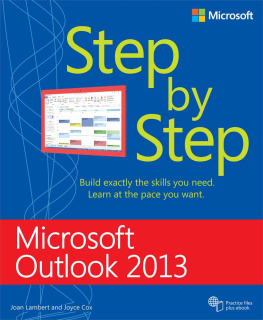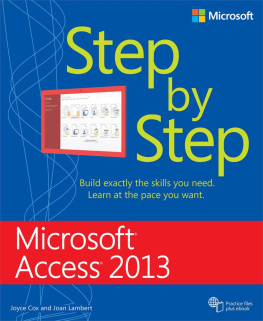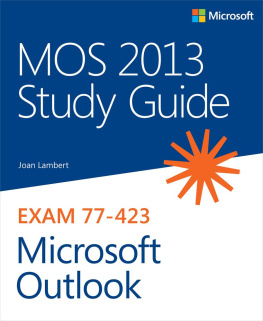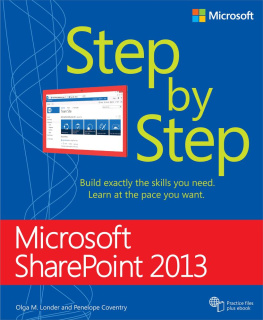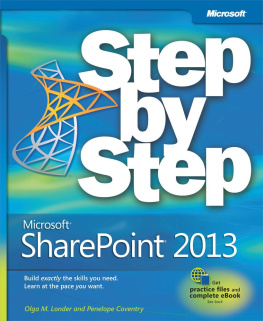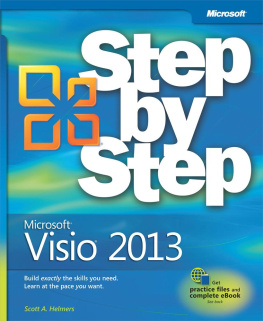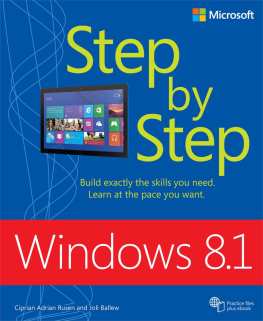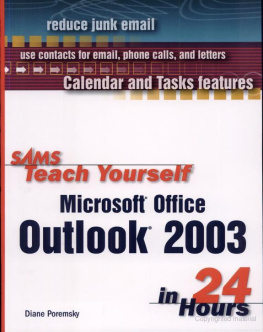Appendix A. Glossary
add-in
A utility that adds specialized functionality to a program but does not operate as an independent program.
address book
A storage folder within your mailbox that contains contact records and contact groups.
appointment
A block of time you schedule on your calendar that has a defined start time and end time, and to which you do not invite other attendees.
appointment window
The program window that displays the form in which you enter information about an appointment.
arrangement
A predefined combination of grouped and sorted messages.
Cached Exchange Mode
A feature that stores and synchronizes a copy of an Exchange Server account on a users computer so that he or she can work offline, either by choice or due to a connection problem.
calendar
A general reference to an appointment window, meeting window, or event window.
calendar item
A general reference to an appointment, a meeting, or an event.
calendar item window
A general reference to an appointment window, meeting window, or event window.
Calendar module
The framework that provides the functionality to display and manage appointments, meetings, and events.
Calendar peek
An interactive view of the current months Date Navigator and the days appointments associated with your default calendar, available from the Navigation Bar or the To-Do Bar.
client rule
Or client-side rule . A rule that Outlook applies to messages after they arrive on your computer. See also .
clip art
Pre-made images that are distributed without copyright. Usually cartoons, sketches, illustrations, or photographs.
Clipboard
A storage area shared by all Office programs where cut or copied items are stored.
color category
A name and associated color by which you can categorize, locate, group, and filter Outlook items.
contact
A person about whom you save information, such as street and email addresses, phone and fax numbers, and webpage URLs.
contact card
An interactive informational box that appears when you point to a message participants name or presence icon. The contact card contains contact information and options. The expanded contact card also contains information about the persons position within the organization and distribution list memberships.
contact group
A personal distribution list that you create within an address book, which can include contacts, other contact groups, Exchange Server distribution lists, mailenabled SharePoint libraries, and public folders.
contact index
The alphabet bar located to the right of the contact list. Clicking a letter in this index scrolls the contact list to the first contact record that begins with that letter.
contact list
The pane immediately to the right of the Folder Pane in the People module, which displays a list of contact records. Also, a SharePoint site list that stores contact information.
contact record
A body of information you collect about a contact and store as an Outlook item.
contact record window
The program window that displays the form in which you enter information about a contact to create a contact record.
content area
The area to the right of the Folder Pane and below the ribbon, in which module content is displayed.
content pane
The area of an email message in which you can enter and format message text, graphics, and other content.
contextual tab
See .
conversation
A means of organizing, viewing, and managing email messages that have the same subject line.
cursor
A representation on the screen of the input device pointer location.
Date Navigator
The small calendar displayed in the Folder Pane or in the Calendar peek that provides a quick and easy way of displaying specific dates or ranges of dates in the calendar.
delimited text file
See .
desktop alert
A notification that appears on your desktop when a new email message, meeting request, or task request is received in your Inbox.
dialog box launcher
On the ribbon, a button in the lower-right corner of a group that opens a dialog box or pane containing features related to the group.
digital signature
Data that binds a senders identity to the information being sent. A digital signature may be bundled with any message, file, or other digitally encoded information, or transmitted separately. Digital signatures are used in public key environments and provide authentication and integrity services.
distribution list
A group of recipients stored in Exchange Server that can be addressed as a single recipient. Administrators can create distribution lists that are available in the GAL. Users can create personal distribution lists called contact groups and add them to their personal address books.
document workspace
A SharePoint site that is used for planning, posting, and working together on a document or a set of related documents.
domain
On the Internet and other networks, the highest subdivision of a domain name in a network address, which identifies the type of entity that owns the address (such as .com for commercial users or .edu for educational institutions) or the geographical location of the address (such as .fr for France or .sg for Singapore).
draft
A temporary copy of a message that has not yet been sent, located in the Drafts folder.
email
Short for electronic mail . The exchange of electronic text messages and computer file attachments between computers over a communications network, such as a local area network or the Internet.
email message
A message that is sent over a communications network such as a local area network or the Internet.
email server
A computer that stores email messages for an organization.
email trail
An email message and all responses to that message. When an individual message receives multiple responses, the email trail can branch into multiple trails. You can view all the branches of an email trail in Conversation view.
encryption
The process of disguising a message or data in such a way as to hide its content.
event
An activity that is not associated with a specific time, or an activity that occurs over a period of more than one day.
event window
The program window that displays the form in which you enter information about an event.
filtering
Displaying items that meet certain criteria; for example, filtering the Inbox to display only unread items. Filtering does not delete files, it simply changes the view so that you display only the files that meet your criteria.
Folder List
A view that displays all mailbox folders, public folders, and connected SharePoint lists in the Folder Pane.
Folder Pane
The pane that appears on the left side of the Outlook program window in every module. Its contents change depending on the module youre viewing. The Folder Pane can be minimized to display only folders that you designate as Favorites. Referred to in previous versions of Outlook as the Navigation Pane . See also .
gallery
A grouping of thumbnails that display options visually. Many galleries support the Live Preview feature.
Global Address List (GAL)
The address book that contains all user, group, and distribution list email addresses in your organization. The administrator creates and maintains this address book. It may also contain public folder email addresses.
group
An area of a ribbon tab that contains buttons related to a specific document element or function.
HTML
In Outlook, an email message format that supports paragraph styles, character styles, and backgrounds. Most email programs support the HTML format.
HTTP
A protocol used to access webpages from the Internet.
hyperlink
A connection from a hyperlink anchor such as text or a graphic that you can follow to display a link target such as a file, a location in a file, or a website. Text hyperlinks are usually formatted as colored or underlined text, but sometimes the only indication is that when you point to them, the pointer changes to a hand.

